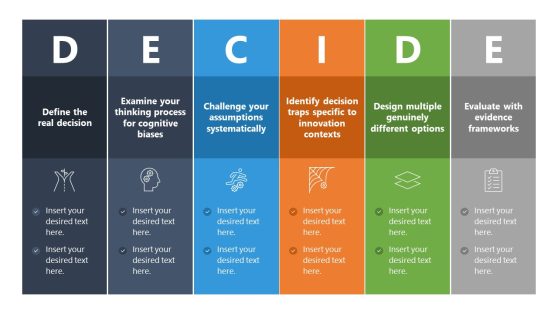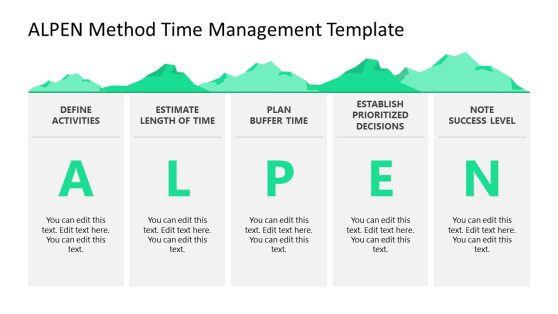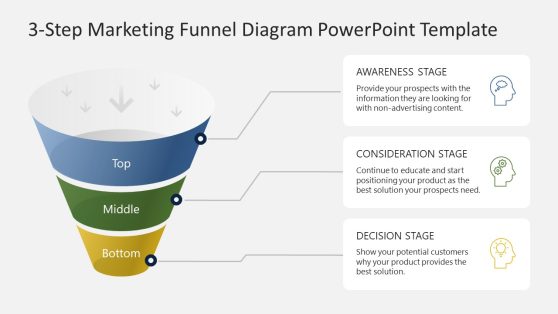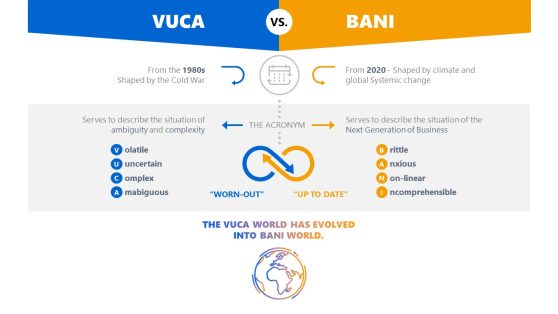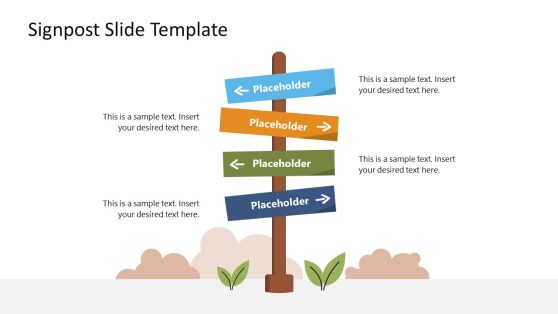Decision Making PowerPoint Templates & Presentation Slides
Download decision making PowerPoint templates and slide designs that you can use to make presentations on business decisions. Under this category you can find affordable decision making slide designs including popular decision trees, phone tree diagrams or other business-decision trees to make presentations showing the results of a root-cause analysis or the use of problem solving techniques.
Featured Templates

Group Decision Making Techniques Template for PowerPoint

Decision Making Based On Information Illustration Scene
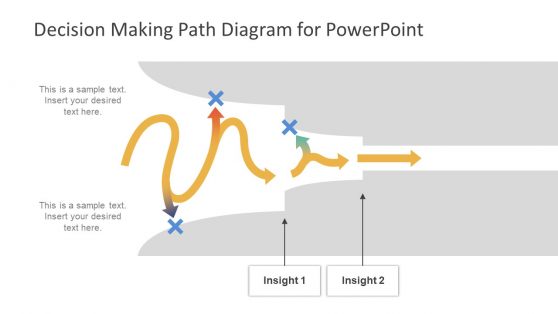
Decision Making Path PowerPoint Diagram
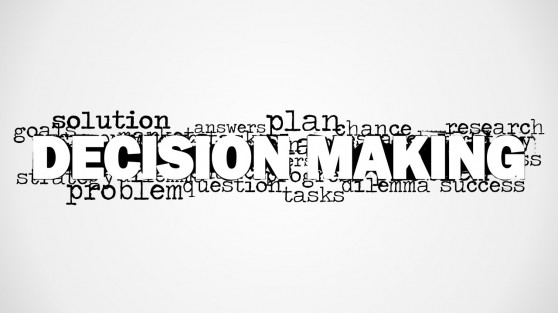
Decision Making Word Cloud Picture for PowerPoint
Latest Templates

SMART Goals PowerPoint Template
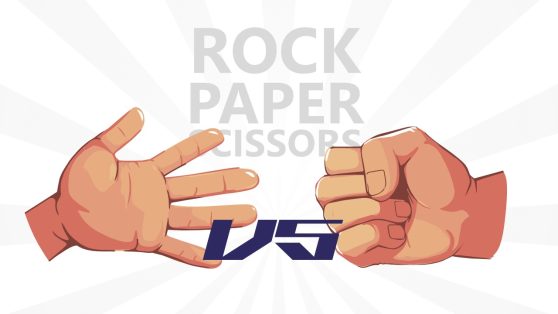
Rock Paper Scissors PowerPoint Template

RCVE Prioritization Matrix PowerPoint Template

Magic 8-Ball PowerPoint Template
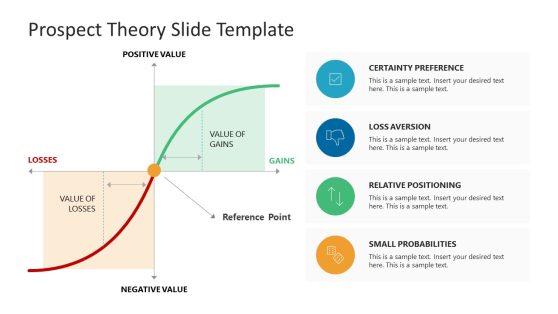
Prospect Theory PowerPoint Template
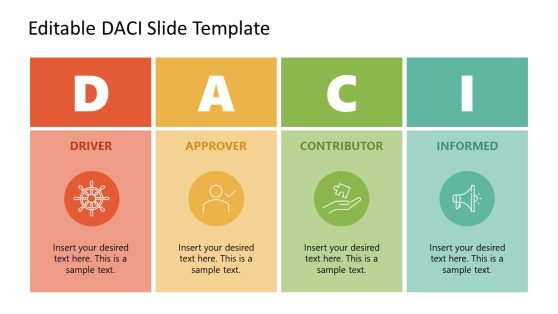
DACI PowerPoint Template
The Decision Making PowerPoint templates gallery groups the business presentation templates with the purpose of: a-explaining decision making processes, b-present decision making exercises or analysis, c-present decision making frameworks and models. The SlideModel templates for decision making are designed to help users present topics related to decision-making in management, development, training, and other areas.
The Decision Making templates are a collection of creative designs with decision making diagrams, models, tools, and charts. You can navigate through the gallery designs and choose the best fit decision-making presentation. Editable slides of decision making PowerPoint gives an advantage of personalizing templates and impressing the audience. You will find a range of decision-making concept diagrams and illustrations in our decision making PowerPoint catalog.
What is Decision Making?
Decision-making is a process of selecting the most effective course of action from two or more alternatives to get desired results. It is a reasoning process based on facts, figures, preferences, or beliefs of the decision maker (person or group). For the most part, the decision making involves analysis of alternative solutions as per the evaluation criteria.
The ability to make good and timely decisions is essential in life situations. In terms of business, decision making skills are crucial for effective management of teams and organizations. It is an integral part of business management and a key to good governance. The best results come from planning your decision making approach.
For decisions to take place, an objective or expected outcome must be established as well as the input scenario. The different decision making processes generate paths from inputs to outcomes using different analysis techniques Formalizing the decision making processes help managers to improve over time and be able to share with peers the reasoning behind decisions.
What is a Decision Making PowerPoint template?
The PowerPoint templates not only help you visualize an approach for “decision making process”, but it also helps you organize and materialize the thought process.
SlideModel provides decision making powerpoint templates with different purposes. Ranging from model diagrams to explain specific decision making frameworks to presentations themes designed to explain decision making conclusions.
The decision making PowerPoint templates are diagrams, models, and graphics to give an in-depth explanation of the topic. The graphics let the audience retain information longer with relevant visual aid. You can choose the diagram template that goes well with your decision making process.
How can a Decision Making PowerPoint template be used in a presentation?
The PowerPoint templates can be used during different stages of the decision-making process.
Educational or Informational Approach
The editable templates for problem-solving and decision-making techniques let users customize slides according to their decision making process. If you are a teacher, business leader, manager, or business analyst, the decision making diagram templates are a must-have collection for you.
Execution Approach
The execution of a decision making process has several stages. When explaining long and complex decision making processes the presenter can use different PowerPoint templates to achieve its communication objective. First, the main theme, in order to create a cohesive presentation, the user will select a general-purpose template. Second, the initial stage of the process is selecting the decision making framework to apply. The presenter will use the models templates and include the one selected. Third, each decision making process has steps, the presenter will provide a high-level description of the action and variables evaluated in each process step. Finally, the process generates decision paths and outcomes. The presenter will probably use decision trees or other structures to explain the analysis.
Why has decision making become necessary
Save time and resources: With proper decision-making skills, the business resources can be used efficiently and cost-effectively. If you follow a logical sequence, you will waste less time and make use of the right resources at the right time.
Motivational factor: When an objective is defined, requirements are clear, and a plan is available, people do things faster. With completing tasks comes the sense of accomplishment that motivates teams to do more and better.
Prevent conflicts: When the team does not know which solution or approach they are being led in, it can create a conflict at the workplace. The decision making skills of managers show the right way to do things. It prevents them from arguing over ideas or projects.
